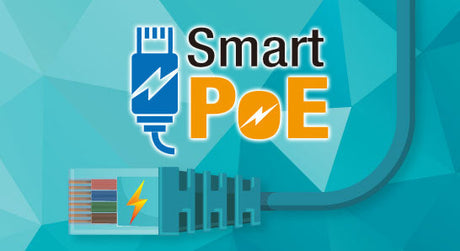If your field site requires complete network management with advanced redundancy and security features, a managed switch may be your primary choice.
Imagine you just need partial network control or fewer maintenance efforts, or sometimes your field site is smaller; the requirements for network complexity may not be as demanding. The size of the switch and the overall budget may also need to be considered. A smart switch usually is a good fit for your requirements.
Should you opt for managed or smart switches? Here are some key considerations to help identify which is the best choice for your application.
| Feature | Managed Switch | Smart Switch | Unmanaged Switch |
|---|---|---|---|
| Management | Full management SNMP, web, and industrial protocols; SSH; Telnet; CLI … etc. |
Basic management SNMP, web, and industrial protocols |
- |
| Network Features | Highly flexible Supports VLAN, QoS, ACL, link aggregation, SPAN/RSPAN ... etc. |
Essential settings Basic VLAN and QoS |
QoS |
| Redundancy | Advanced protocols Turbo Ring, Turbo Chain, STP, RSTP, MSTP, MRP, link aggregation … etc. |
Basic redundancy STP/RSTP/MRP |
Hardware level redundancy |
| Monitoring | Advanced traffic mirroring and port monitoring | Basic port monitoring | - |
| Security | Strong security—port security, 802.1X, ACL, and RADIUS | Basic security—port monitoring and lock | - |
































